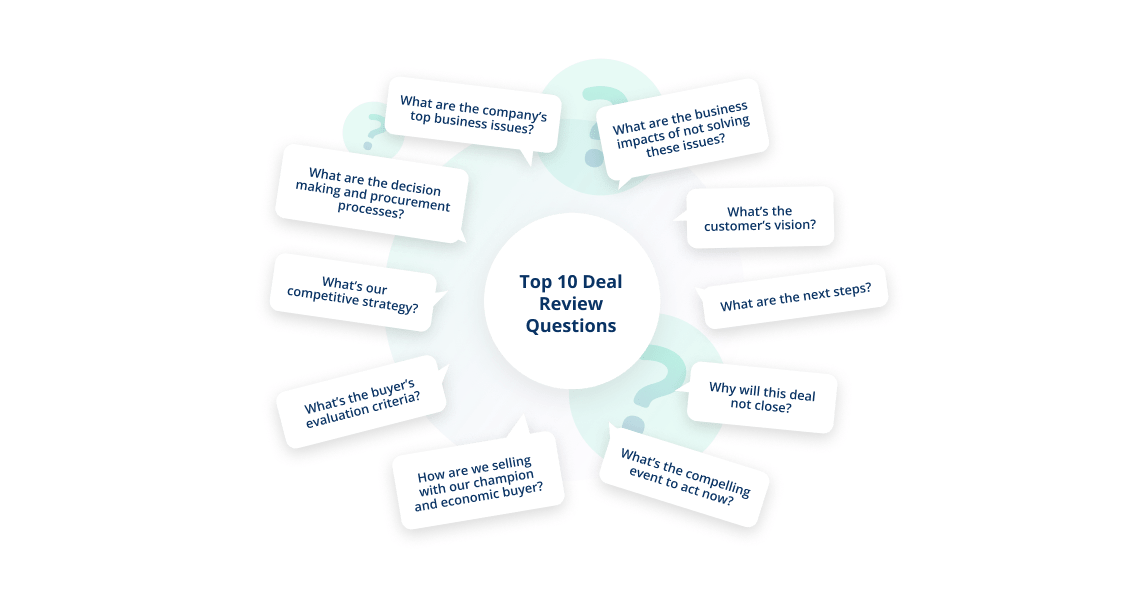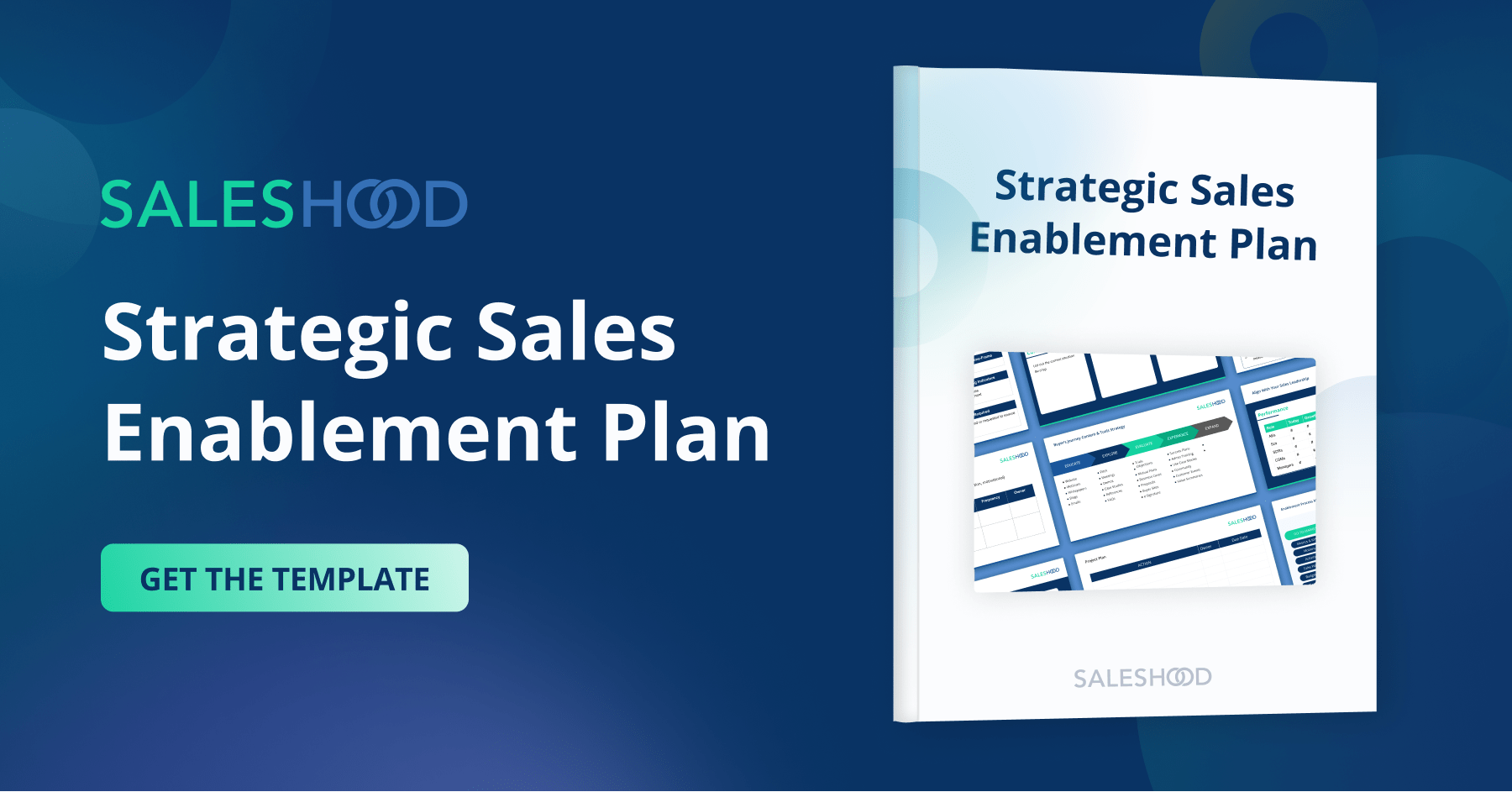Who in sales doesn’t love joining deal and account strategy sales huddles. It’s like playing chess, clue and monopoly all at once in real life with an end-game of solving company’s critical business issues. Here is a great sales coaching tip: 10 deal review questions.
There’s curiosity. There’s strategy. There’s power. There’s money.
It’s proven. We close more deals with greater certainty when sales strategies are thoughtfully discovered and negotiated with champions and economic buyers. I get asked quite a bit to share my deal questions I use in coaching and deal strategy sessions. There are so many flavors of questions and methodologies, it can be confusing and overwhelming. I strongly believe the most important sales process questions are methodology agnostic and coach us to be instinctively curious about solving real business problems. In the spirit of doing more with less and shedding away excess noise, here’s a list of questions to use as a guide to inform team-based deal coaching or one-on-ones:
- What are the company’s top business issues?
- What are the business impacts of not solving these issues?
- What’s the customer’s vision?
- What’s the compelling event to act now?
- How are we selling with our champion and economic buyer?
- What’s the buyer’s evaluation criteria?
- What are the decision making and procurement processes?
- What’s our competitive strategy?
- What are the next steps?
- Why will this deal not close?
After internalizing these questions, add a few more that are specific to your business before sharing the list with your team. I’ve also recorded a short three minute coaching video that talks about these questions.
Explanations & Expectations
These questions are not rocket science. The minimalist approach is appreciated by sales teams. Understanding the answers to these questions (or lack of answers) has a direct impact on forecasting, judgement and sales hygiene.
Here are the questions explained with some expectation setting:
What are the company’s top business issues? After qualification comes the discovery where top business issues/challenges/problems are uncovered and documented. Every deal story starts with the why. Solve big problems to stay relevant. Don’t leave the discovery phase until top business issues are uncovered and validated.
What are the business impacts of not solving these issues? After uncovering the business issues and priorities, knowing the financial impact helps build a business case. A “back of the napkin” analysis is sufficient to qualify a sales pursuit. Make sure what we’re trying to solve has material impact on a company’s operations.
What’s the customer’s vision? In your customer’s own words, articulate their future vision. Write a vision statement in their words just as if it’s being written by them. It’s good to use a vision statement to anchor a deal theme.
What’s the compelling event to act now? Uncover the compelling event that’s tied to the top issues and initiatives. You can read more about “Compelling Events” here.
How are we selling with our champion and economic buyer? First know that you have a champion and economic buyer and then confirm they know. Connect the dots. Build relationships. Identify by name and make sure regular touch points are happening. Read more about “Selling with Champions” here.
What’s the buyer’s evaluation criteria? Be curious and paranoid. Make sure to have crystal clear clarity on what’s important in your customer’s evaluation. What requirements must be met to meet their business and technical needs.
What are the decision making and procurement processes? Be maniacal and super curious about all the steps and approvals required to gain organizational support for a decision. Verify and re-verify the steps early and often with champions and economic buyers.
What’s our competitive strategy? To answer this question we need to identify our competitors and be knowledgeable about their relative strengths and weaknesses. Then, build strategies to overcome to win. You can learn more by reading Compete to Win.
What are the next steps? Document the specific actions needed to move a deal forward. Detail what is important. Some common next steps include: demonstrations, reference calls, executive meetings, technical reviews and more.
Why will this deal not close? Be able to answer the question why no. Avoid happy ears. It’s great to role-play this question as a team and play out the worse case scenarios to mitigate risk.
How To Make These Questions Stick?
Here is a quick (very high-level) checklist you can use to operationalize these questions in your business:
- Tailor the questions to your business
- Update your CRM system
- Create reports for your managers to use in pipeline and forecast reviews
- Train your managers and call shadow team and 1:1 calls
- Train your sales teams
- Update your your onboarding too
Get in SalesHood today to use our sales process coaching videos and deal coaching huddles to up-level your team and nurture sales excellence in every sales pursuit.



